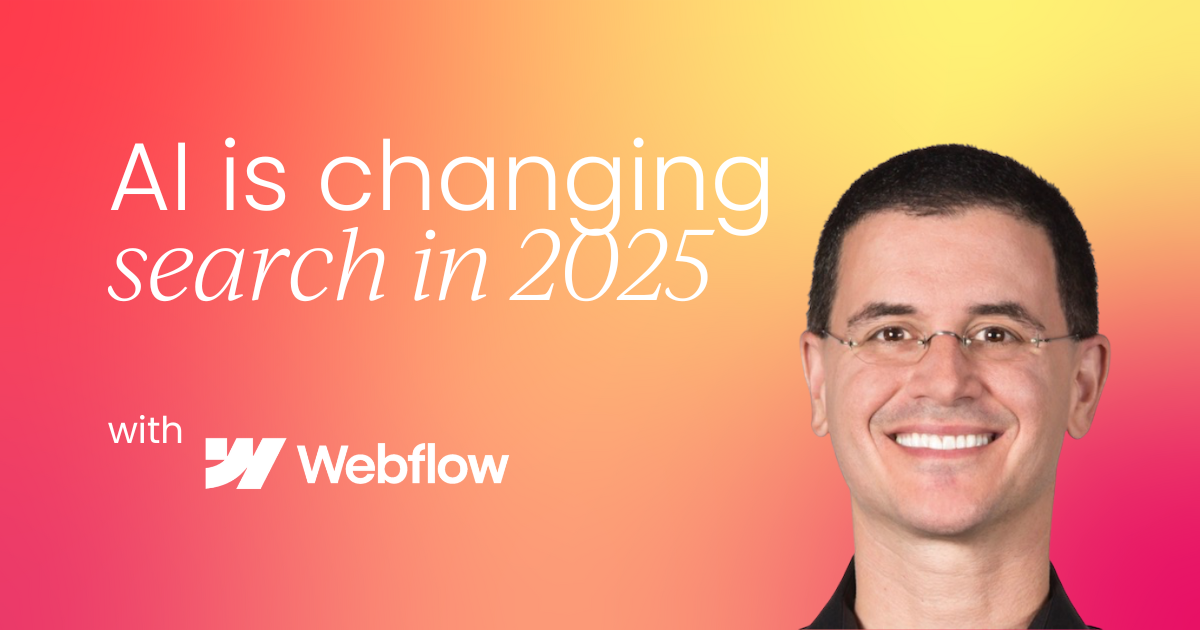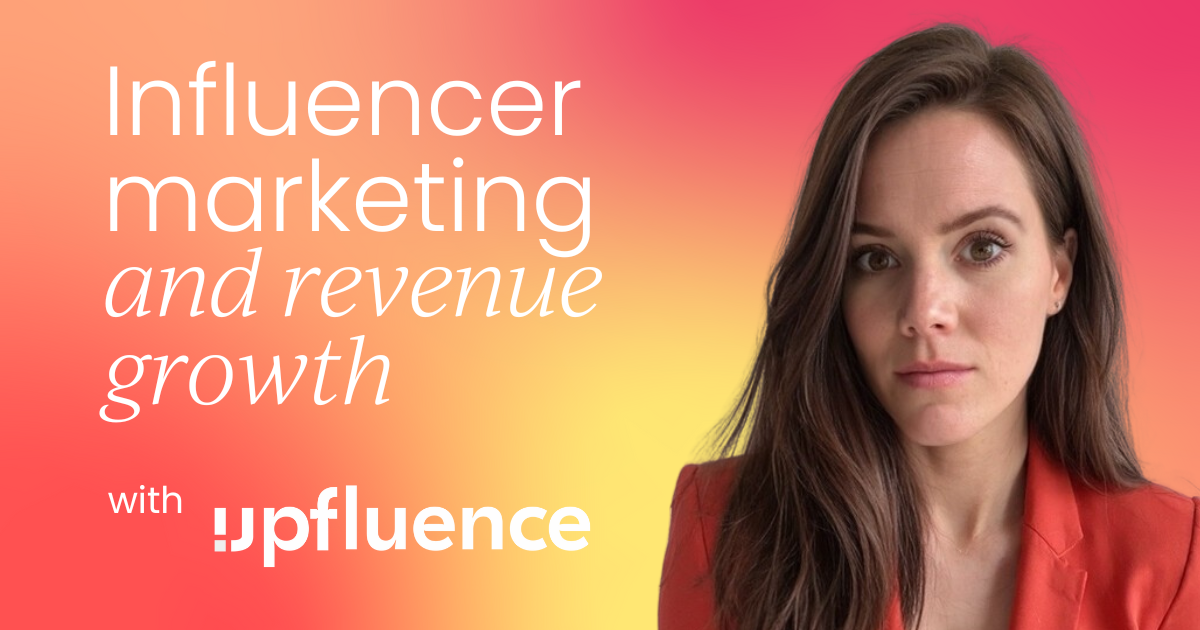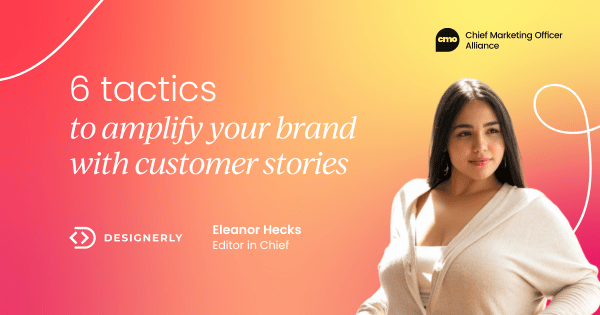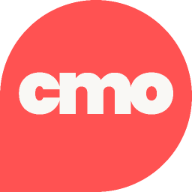What is the true value of your brand? Is it in your products, your services, or your advertising?
While those are all important, the most successful brands today understand that their greatest asset isn't something they sell; it's the culture they create.
Culture might sound like an abstract concept, but it’s so much more than that. It’s a powerful business asset that drives revenue, audience engagement, and long-term brand loyalty.
At TIME, we've learned this firsthand. A couple of years ago, when I came in as Chief Marketing and Impact Officer, my team and I faced a significant challenge: how to drive revenue with a minimal budget and a legacy business that was navigating the ongoing decline of print media. Our solution was to lean into our culture.
In this article, I’ll share how we navigated this transformation. You'll discover:
- The business case for culture-driven advertising and why authenticity is crucial for building trust.
- How we used a multi-platform strategy to shift from traditional advertising to experiential engagement.
- The importance of building purpose-driven communities to position your brand at the center of cultural influence.
The power of a brand story
According to author and marketer Marcus Collins, culture is "the system of behaviors, beliefs, and values that influence the way people live their lives". He argues that to change what people do, you first have to change what they believe.
At TIME, we discovered that our brand had already been a part of people’s beliefs for generations. Our team has a running joke that everyone has a "TIME story". When we ask people, they share warm memories of TIME magazine – their dad always having a copy on the coffee table, learning to read English with TIME, or even seeing it at the doctor’s office as a kid.
These personal connections aren’t just anecdotes; they're evidence of a deeply embedded cultural presence that has influenced news literacy and exposed people to world events for a hundred years.
This brand recognition and emotional connection were two of our greatest strengths when we set out to turn the company around. The TIME 100 franchise was another. This gave us a powerful platform to highlight influential people and build new communities.
We also knew that while the print magazine was our main product, our multi-platform presence, including TIME Studios, our brand content division Red Border, and our social channels, offered new opportunities for growth.
Pivoting to a B2B model
Despite our strengths, we had some major challenges to overcome. As a legacy brand, we were navigating the decline of the print media industry.
The business wasn’t profitable, and the traditional advertising market had become oversaturated and unexciting. Our digital site wasn't strong enough at the time to drive significant revenue.
We needed to make a drastic change.
Our first move was to pivot from a traditional B2C subscription model, which wasn't working for us, to a B2B direct-sale revenue model. We shifted our focus to engaging C-suite executives and CMOs, creating communities and events where they could connect with potential clients and find value for their businesses.
This strategy has been incredibly successful, resulting in an 18% increase in revenue.
Building new communities and brand extensions
We also took a bold step: we removed our paywall. This was a strategic move to signal our shift to a B2B model and democratize access to our trusted journalism. We partnered with Verizon, a company deeply invested in bridging the digital divide, which allowed us to make our content free for everyone while creating a valuable B2B relationship.






.png)









 Follow us on LinkedIn
Follow us on LinkedIn




